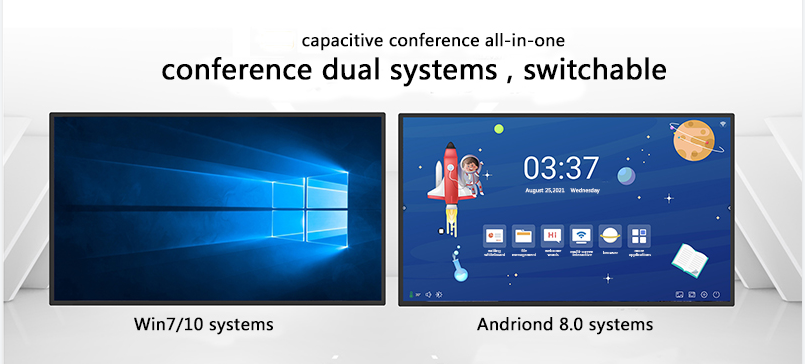The rapid advancement of science and technology has made life more convenient and enriched, offering a wide range of ways to access video entertainment. While older generations may still prefer watching traditional TV programs, younger audiences are increasingly turning to tablets or smartphones for their favorite content. This shift has been so sudden that it has almost pushed the TV into the background, making it more of a "wall" in the living room than a central device.
However, this change isn’t entirely negative. It has driven the evolution of television display technology, prompting major manufacturers to innovate and highlight the unique value of TVs in home entertainment. As a result, OLED TVs have emerged as a strong contender in the next generation of display technology.
Since 2013, OLED panel technology has matured significantly. Once positioned as a high-end product, OLED TVs are now becoming more affordable, with their advantages becoming increasingly evident. In contrast, LCD TVs, which dominated the market for nearly two decades by outperforming CRTs, are now facing challenges. Are they on the verge of being replaced?
OLED TVs are getting cheaper, but is an LCD TV still worth buying? Many people, especially those in the middle class, are trying to upgrade to a better TV but are confused about the differences between OLED and LCD. To help clarify, we’ll explore key aspects such as brightness, color accuracy, black performance, response time, HDR effect, viewing angles, and price to help you make an informed decision.
LCD and OLED are fundamentally different technologies. LCD TVs use liquid crystals and rely on a backlight to produce images, while OLED TVs use organic light-emitting diodes that emit light themselves, eliminating the need for a separate backlight. This self-luminous property gives OLED TVs superior contrast, thinner designs, and faster response times.
One of OLED’s biggest strengths is its ability to produce true blacks, something LCDs struggle with due to light leakage. OLEDs also offer wider viewing angles and can be made flexible, opening up new design possibilities. Additionally, some OLED models feature screen sound technology, allowing the screen itself to act as a speaker.
In terms of price, OLED TVs are still more expensive than LCDs, though their costs have been decreasing over the years. LCDs remain a more budget-friendly option, especially for casual viewers who don’t require the highest performance.
If you’re a gamer or movie enthusiast looking for the best visual experience, OLED might be the way to go. For general use, an LCD could still be a practical choice.
To sum up, OLED TVs are leading the charge in display technology, offering superior performance in many areas. However, the decision ultimately depends on your needs, preferences, and budget. Whether you choose OLED or LCD, there are great options available for every lifestyle.
Touch Whiteboard PC
Strong capacity to take OEM and ODM orders,more than 12 years R&D and manufacturing experience,perfect quality testing system.
Windows +Android Intelligent Conference All-in-one Machine Flat Panel Whiteboard :
â—‡ 4K (3840*2160) picture quality,ultra-high-definition premium original screen,stable wireless projection,fully fit design,one-piece molding
â—‡ Multifunctional integration,integrates the functions of computer,large-screen TV,audio,screen,projection, whiteboard and advertising machine set-top box to simplify the conference.
â—‡ Experience smooth and delicate writing,capacitive 10-touch high-sensitive touch panel,0.04s quick response,1.0mm high-precision writing can quickly write annotations,erase and other operations.
â—‡ Conference dual systems,support PC/Android multi-device one-key screen projection,support reverse control of large screens,and support four-party screen projection at the same.

Interactive Whiteboard,Smart Whiteboard,Touch Display Whiteboard,Meeting all in one PC,Conference all-in-one PC
HuiZhou GreenTouch Technology Co.,Ltd , https://www.bbstouch.com
